It’s really difficult to overestimate the role Grumman’s fighter played in the Royal Navy Fleet Air Arm operations during the second World War. The British used different versions of Wildcat during their operations around the world. The final version started its service in the last year of the conflict and took part in several spectacular actions.
Wildcat or Martlet? Maze of names
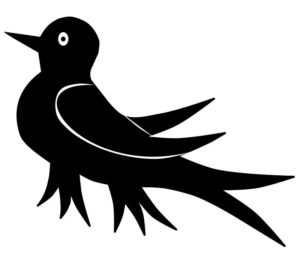 At the beginning of the conflict, the British used their names for aircraft received from the USA. So Wildcat was called Martlet after one of the swallow species. Everyone who has seen these birds landing in their nests knows that it’s quite a task. The same is with landing on decks of small escort carriers. Aslo English heraldry figure “Matlet” has no feet.
At the beginning of the conflict, the British used their names for aircraft received from the USA. So Wildcat was called Martlet after one of the swallow species. Everyone who has seen these birds landing in their nests knows that it’s quite a task. The same is with landing on decks of small escort carriers. Aslo English heraldry figure “Matlet” has no feet.
Picture left – heraldic presentation of “Martlet”, wikimedia commons CC BY-SA 3.0
British used several versions of Martlets not always similar to American versions. Martlets Mk I entered service well before Japanese Kido Butai (The 1st Air Fleet) attacked Pearl Harbor. They were originally ordered by the French navy but after France capitulated the British government overtook French contracts. At that time they were the first modern carrier-borne aircraft in the Royal Navy. Next version, Mk.II was F4F-3 with folding wings from F4F-4. Mk.III was typical F4F-3 and Mk.IV it was F4F-4 but had Wright Cyclone engine instead of Pratt and Whitney . As you can see, British versions weren’t direct equivalents of American versions of Wildcat.
When Wildcat production was moved to General Motors, there was a „double” change of name and broken jigsaw finally were assembled. American marking changed from F4F into FM. British navy accepted American name – Wildcat.
- The first version, FM-1 Wildcat Mk.V it was classical F4F-4 but with outer machine guns removed to save the weight, which was important on escort carriers.
- The ultimate version, FM-2 Wildcat VI, it was a completely new aircraft with a new engine and better performance. It entered the service in 1944 and served until the end of the war.
Wildcat VI JV699/J-F, HMS Trumpeter late 1944, artwork by Zbyszek Malicki.
On Royal Navy Carriers
The most important task for the Royal Navy during the war was to secure a constant flow of supplies to Great Britain. The escort carriers played a vital role during the Battle of Atlantic, protecting convoys against German U-boats, aerial reconnaissance and air attacks.
Typical FAA squadron had 4-6 Martlets/Wildcats fighters and 12 Swordfish/Avenger torpedo-bombers. If the carries were bigger, the squadrons were bigger too. Britsh carriers took part In numerous actions, e.g. the invasions of Madagascar, North Africa, Normandy or Southern France. During the latter one, British Wildcats VI supported ground forces with 250 lb bombs carried on British bomb carriers (racks).
 Another place where Wildcats fought was Norway. They took part in attacks on German ships based there, including the pride of German Kriegsmarine – Tirpitz. When the RAF sank Tirpitz, Royal Navy focused on Southern Norway. RN Carrier Task Group regularly paid visits there and attacked German shipping and other targets.
Another place where Wildcats fought was Norway. They took part in attacks on German ships based there, including the pride of German Kriegsmarine – Tirpitz. When the RAF sank Tirpitz, Royal Navy focused on Southern Norway. RN Carrier Task Group regularly paid visits there and attacked German shipping and other targets.
Unusual Victory
On the 26th March 1945, near Trondeim, Wildcats VI from HMS Searcher fought their most famous combat. The fighters of No 882 FAA squadron were protecting Avengers of No 853 FAA squadron (HMS Queen) sent to destroy German shipping In Norwegian fiords. Eight Wildcats were taken by surprise by 8 Messerschmitts Bf 109G-6/14 of JG5. One of Wildcats (JV719/S-B) flown by SubLt Pullen lost part of its emppenage, probably due to air collision with attacking German fighter. However, the British pilot managed to return to his carrier.
Photo of the tail of the Wildcat VI JV719/S-B piloted Sub-Lieutenant Pullen taken after landing. It seems to be bent by Bf-109 wing tip during head-on collision. Photo: FAA Museum via Adam Jarski and Wojciech Łuczak.
But the surprise didn’t last long and experienced British pilots took advantage of their mounts performance on low altitudes.
- Lt Ronald Arthur Bird, RN, Flying JV792/S-A, shot one Messerschmitt and damaged another
- Temporary Act Sub Lt (A) Alan Frederick Womack, JV709/S-W, destroyed one Bf 109
- Temporary SubLt (A) Ronald F. Moore, RNVR, JV768/S-X was credited with ½ Bf 109
- Temporary SubLt (A) J.A.P. Harison, s/n and individual marking unknown, was credited ½ Bf 109
In total British pilots shot down 3 Messerschmitts and damaged another two of eight attacking!
German pilots claimed 6 Martlets shot down and lost 4 aircraft from 10./III/JG5
- Fw.Heinrich Dreisbach, Bf-109G-14/AS WNr.782270 parachuted and his plane crashed near Langskjæra
- Uffz.GottfriedRösch,Bf 109G-14/AS WNr. 782139, landed on the water but he was safe, his plane sank
- Fw. Hermann Jäger, Bf.109G-6 WNr. 412398,Crashed In the sea, the pilot lost his life
- The fourth Messerschmitt crashed during landing and was struck out of charge. Another two forcelanded.
Wildcat VI JV768/S-X colours
Wildcat VI JV768/S-X, Temporary Sub-Lieutenant (A) Ronald F. Moore, RNVR, 26 March 1945, artwork by Zbyszek Malicki.
In the FM-2 Wildcat Expert Set model you will find markings for the S-X Ronald F. Moore aircraft from the famous battle on March 26, 1945, and as a bonus the markings for S-A and S-W aircraft. The presented colour scheme is based on the appearance of an airplane on low quality photos and comparison with other Wildcat VI.
That’s not Wildcat VI! It is earlier version, Wildcat V (FM-1) JV338/S-X, most probably 1944. C-type roundels on upper wing surfaces are confusing, we should expect them in 1945! Photo from Tony O’Toole collection.
Low quality photo of the Wildcat VI JV768/S-X, from book: “The Squadrons of the Fleet Air Arm” by Ray Sturtivant, described as 4 May 1945, after Kilbotn raid (photo from D. J. Frearson collection). B – type roundels on the upper wing surfaces are included in 70031 FM-2 Wildcat Expert Set kit.
Much better photo from 1945, aeroplane with C-type roundel on upper wing surfaces. Photo was taken probably later than previous one. We do not know when it was taken and when roundel were repainted and which roundels were first (Wildcat V with C roundels was before Wildcatem VI wiuth B roundels). In background is Fairey Firefly 746 squadron, A flight, attached to HMS Searcher since March 1945. Photo: FAA Museum via Adam Jarski and Wojciech Łuczak.
Doomsday over Kilbotn
Wildcats from HMS Searcher also took part In the last FAA combat in Europe. In Kilbotn, Northern Norway, there was the last base of German U-Boats. At the beginning of May 1945, the British decided to stop German combat actions and evacuation from that base. Three British Carriers, covered by cruisers was sent to attack the base. This operation was called Operation Judgement. On the 4th May HMS Searcher sent 20 Wildcats VI including 8 with 250lb bombs. Their target was anti-aircraft ship – Thesis. Although it was May, Germans fought hard and shot down one Wildcat flown by a New Zealander, Lt Hugh Morrison. He died of injuries and was the last FAA pilot killed In Europe. Avengers and Wildcats sank U-711 and several Kregsmarine auxiliary ships.
Far East Wildcat VI, JV882/B1-C – colours and markings
Wildcat VI, JV884/B1-C ex S-C, 882 Dywizjon FAA, Sub.Lt, Frearson, HMS Searcher, August 1945, Indian Ocean, aeroplane painted overall with US factory Sea Blue Gloss livery. Artowrk by Zbyszek Malicki.
Crash landing of the Wildcat VI, JV882/B1-C on the deck of HMS Searcher, 11th August 1944, Indian Ocean. Wreck was unloaded in Tricomanlee harbour (Ceylon) on 17th August and scrapped. Visible are earlier roundels and white SEAC stripes. Aeroplane from late FM-2 series with rocket stubs under wings. Photo from Tony O’Toole collection.
 Too late for Pacific
Too late for Pacific
While the Royal Navy was conducting last operations In Europe, the British Pacific Fleet was fighting against Japanese forces. Its strike force consisted of a mixture of British and American types: Seafires, Fireflies, Barracudas, Avengers, Corsairs and Hellcats. Unlike Americans, the British used their FM-2s only on the Atlantic. When the war In Europe finished, HMS Searcher was sent to the Indian Ocean, where its crew received the information about the end of the war. New aircraft, equipped with rockets, were painted Gloss Sea Blue and were carring SEAC national markings. They didn’t see any combat and were scrappped by throwing over to the sea after the War ended.
Photo: Wildcat VI from 882 squadron thrown to the Indian Oceanu near Burma coast in 1945. Visible late type roundels. Photo from Tony O’Toole collection.
.
Wildcat VI Camouflage and Markings
Aircraft used by Fleet Air Arm and RAF Coastal Command usually wore Temperate Sea Scheme camouflage:
- Extra Dark Sea Grey i Dark Slate Grey on Uppersurfaces and Sky on lower surfaces
Planes delivered from the United States were painted with American equivalensts of British paints
- Olive Drab (FS34087), Sea Gray (FS36118) i Light Gull Gray (FS 36440),
or Sea Blue Gloss used In the US Navy. However, during service Wildacts would be repainted with British paints. It’s hard to say which paints a given pane was painted with. I leave this decision to you dear modeller. In our instruction, we give British colours.
At that time British planes fighting in Europe had typical national markings consisting of C1 Type roundels on the fuselage (with thin yellow outline) and Type C (without a yellow outline) underwings. Upperwings roundels were type B (without white ring), but in 1945 also C1. Aircraft used during the D-Day had additional white and black stripes painted on wings and fuselage.
Planes of No 882 squadrons sent to the Indian Ocean had typical SEAC markings and white identification stripes introduced at the beginning of 1945.
Aknowlegements
Many thanks to Mr Tony O’Toole, Wojciech Łuczak and Zbyszek Malicki for help in preparation of this text. English translation kindly provided by Dominik Sędziak.
Suggested reading:
- The Squadrons of the Fleet Air Arm by Ray Sturtivant, Air-Britain Historians Ltd, 1984 ISBN 0851301207
- Wildcat Aces of World War 2 by Barett Tillman, Osprey Publishing 1995, ISBN: 8483723247
- Nikt już nie chciał umierać w maju… by Wojciech Łuczak, Skrzydlata Polska nr 5 (maj) (2415) 2014
- 8 Mai 1945: Personne ne voulait mourir ce jour-la… Printemps 1945: L’ultime Combat du Wildat en Europe by Wojciech Łuczak, Avions nr 201 2014
- Messerschmitt. Bf 109 G-14/AS – crash sites 26 March1945 review – Langskjæra, Tustna link
See also models:
- Wildcat Mk VI 70032, FM-2 Wildcat Expert Set 70031 with Trondheim 26 March 1945 combat markings and more you will find in the Arma Hobby online shop!
Modeller happy enough to work in his hobby. Seems to be a quiet Aspie but you were warned. Enjoys talking about modelling, conspiracy theories, Grand Duchy of Lithuania and internet marketing. Co-founder of Arma Hobby. Builds and paints figurines, aeroplane and armour kits, mostly Polish subject and naval aviation.
This post is also available in:
 polski
polski


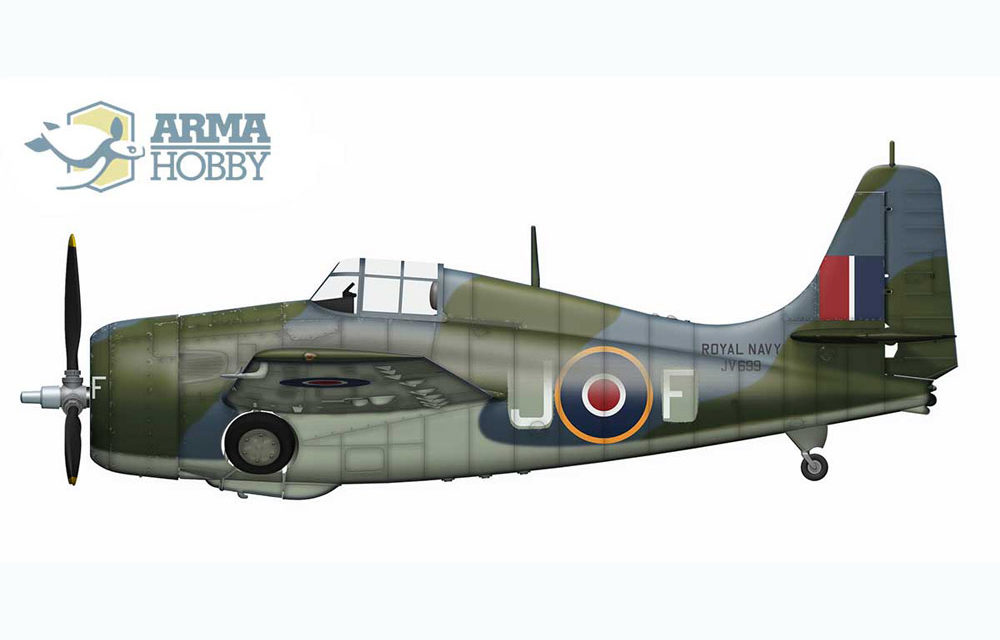
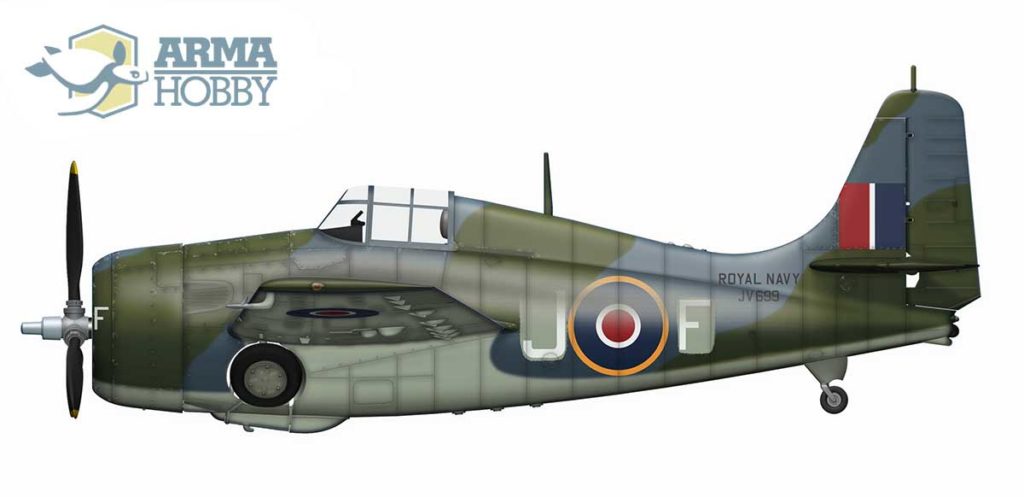



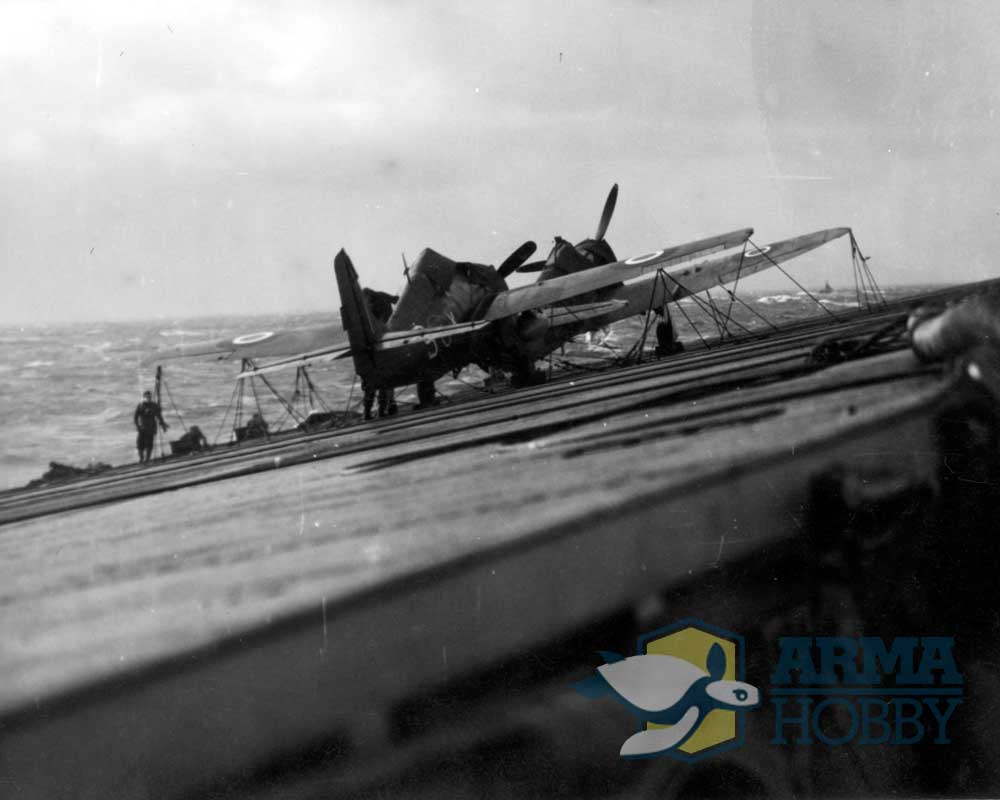
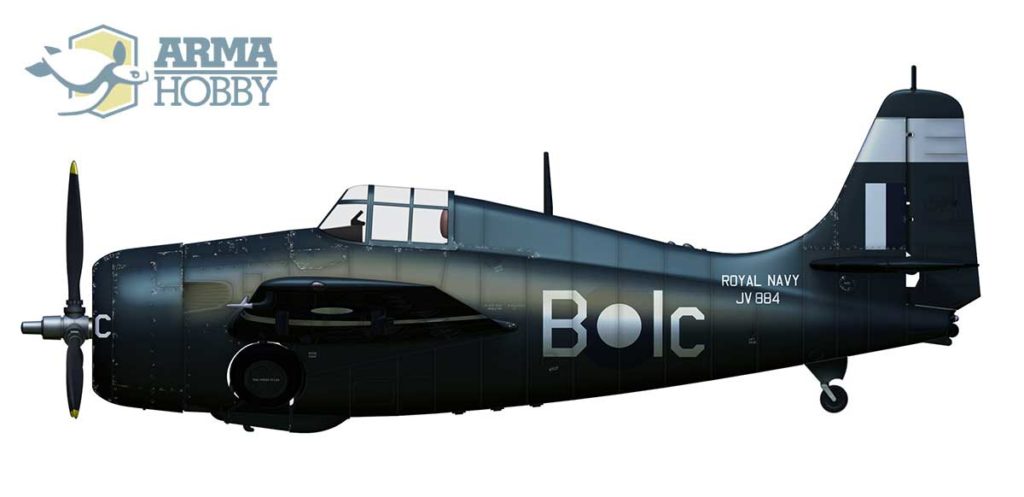
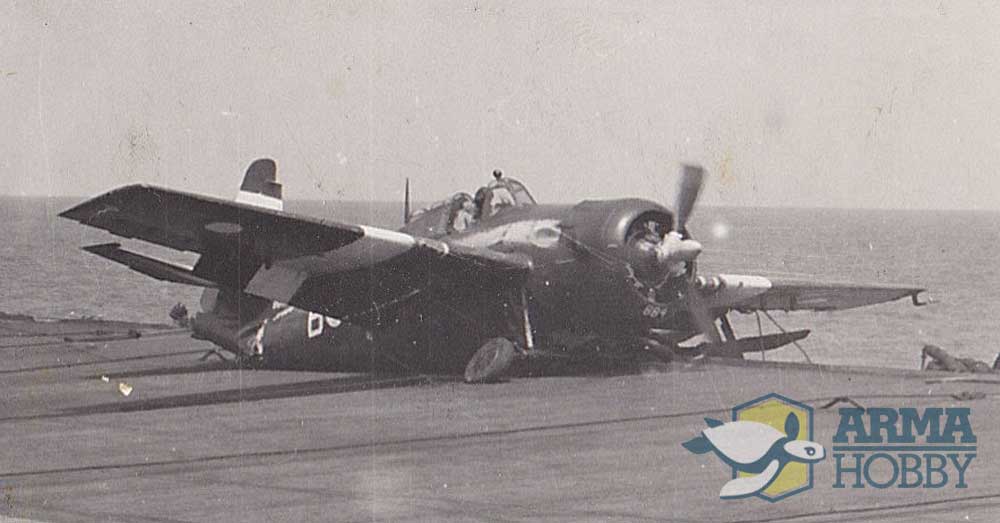

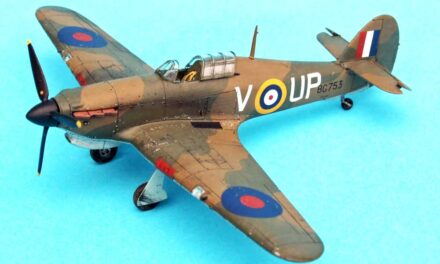

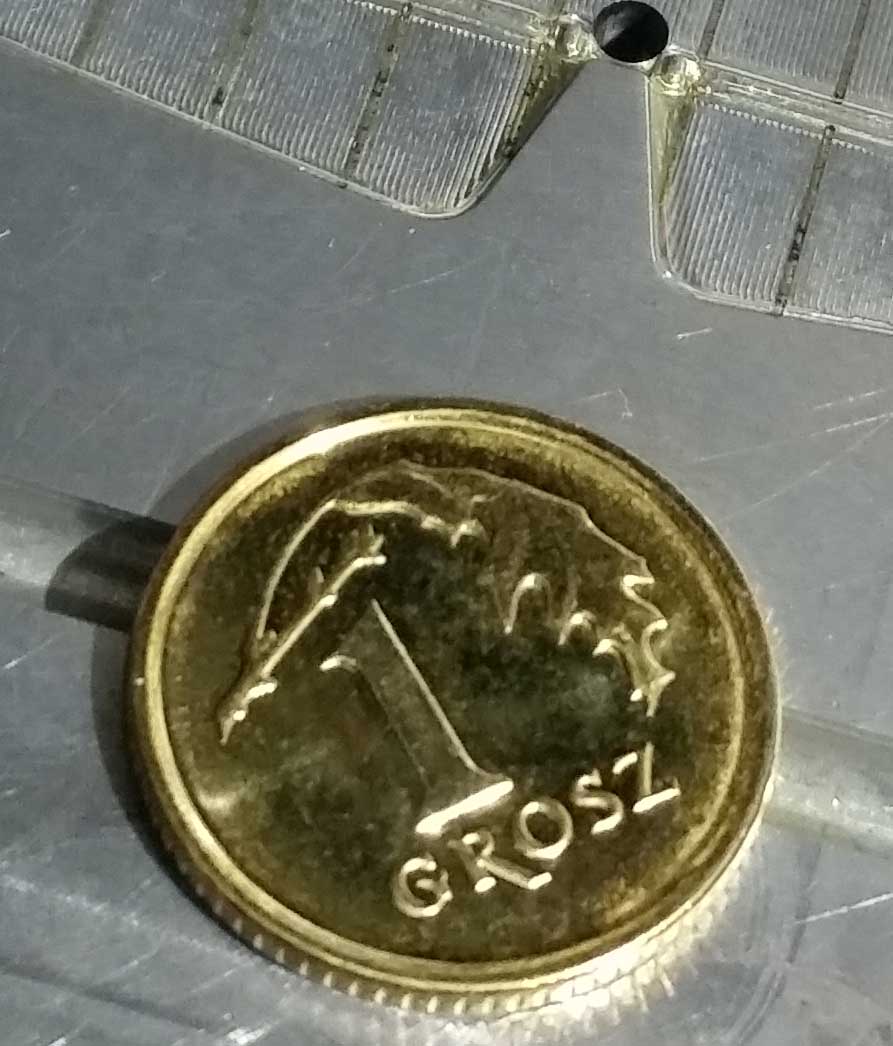
Excellent and interesting blog. My father was an Air Mechanic with 882 squadron working on the Wildcats on HMS Searcher from late 1944 until May 1945. Thank you